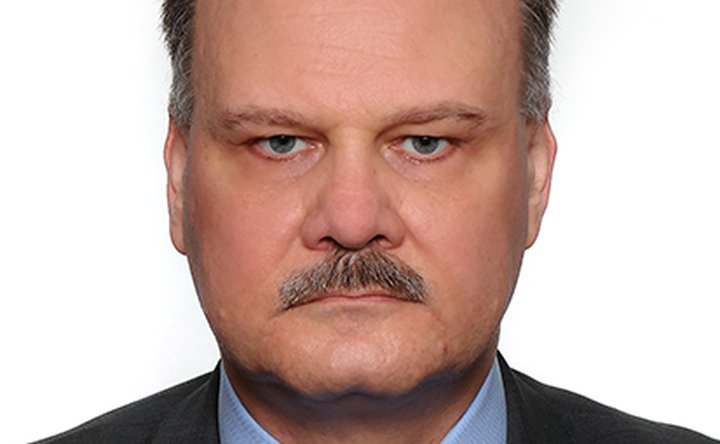Poland advances plans for new armoured vehicles from South Korea
Poland plans to field more than 1,000 K2 MBTs, from both Korean and local production plants. (Photo: Hyundai Rotem)
On 27 July, the Polish Minister of Defence Mariusz Błaszczak signed a framework agreement for the purchase of 1,000 Hyundai Rotem K2 MBTs and over 600 Hanwha K9 SPHs, to be partly manufactured in Poland, plus 48 KAI FA-50 jets.
This represents a rapid restocking of Poland’s inventories. Shortly after the Russian invasion of Ukraine, Warsaw donated over 200 of its T-72 MBTs to Kyiv, and a few weeks ago another 200-plus PT-91 tanks. An urgent need to find replacements lead to Poland ‘fast-tracking’ the acquisition of 116 M1A1SA Abrams MBTs from US Army stocks, but this only fills part
Already have an account? Log in
Want to keep reading this article?
More from Land Warfare
-
![US and Europe continue moves to boost 155mm munitions production]()
US and Europe continue moves to boost 155mm munitions production
The new US facility for 155mm artillery projectiles is a reflection of a worldwide trend which has also seen Rheinmetall and BAE Systems working to improve capability in the same area.
-
![Dronebuster product line and production capability expanded]()
Dronebuster product line and production capability expanded
DZYNE Technologies, the maker of Dronebuster counter-uncrewed aerial system (C-UAS) devices, has announced plans to expand production and released details on a new version of the system. This follows the release of an all-in-one kit system earlier this year.
-
![Ireland plans for radar capability in 2026]()
Ireland plans for radar capability in 2026
The Irish Government has previously outlined ambitious plans, the furthest reach of these being the possible purchase of fighter aircraft to provide a capability the country’s defence force currently doesn’t have. A more advanced procurement effort for a primary radar is being fast tracked.
-
![US Army LTAMDS enters production phase]()
US Army LTAMDS enters production phase
LTAMDS was approved in multiple flight trials and assessments.
























